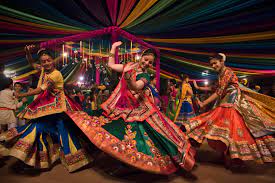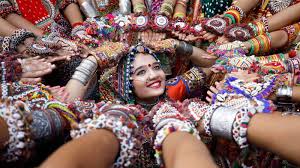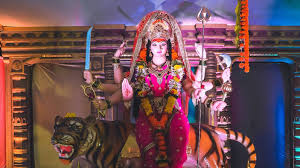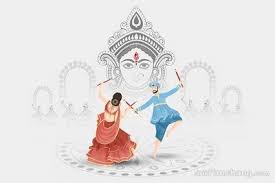
Navratri, a magnificent Hindu festival, unfolds as a grand celebration of divine feminine power and the victory of good over evil. The name “Navratri” literally means “Nine Nights” and is observed with profound reverence and enthusiasm across India, primarily during Sharad Navratri in the autumn. This festival is a testament to the resilience of traditions and the deep-seated spiritual beliefs of millions. The central figure of Navratri is the goddess Durga, who is venerated in her various forms during the nine nights. Each form embodies distinct qualities and attributes, symbolized by specific colors. The festival begins with Shailaputri, associated with the color Grey, and progresses through eight more forms like Brahmacharini, Chandraghanta, and Katyayani, each signifying various facets of feminine strength, wisdom, and valor. Devotees engage in fasting, prayers, and visits to temples, seeking blessings and spiritual enlightenment. The evenings are transformed into a vibrant spectacle of culture, with traditional dances such as Garba and Dandiya becoming a prominent part of the festivities. People don colorful attire, form circles, and dance with infectious energy to the rhythm of traditional music. Navratri serves as a cultural and spiritual tapestry woven into the collective identity of India. It transcends religious boundaries, promoting unity and understanding among diverse communities. The festival is a reminder of the enduring power of women, of the triumph of good over evil, and the richness of Indian culture.



